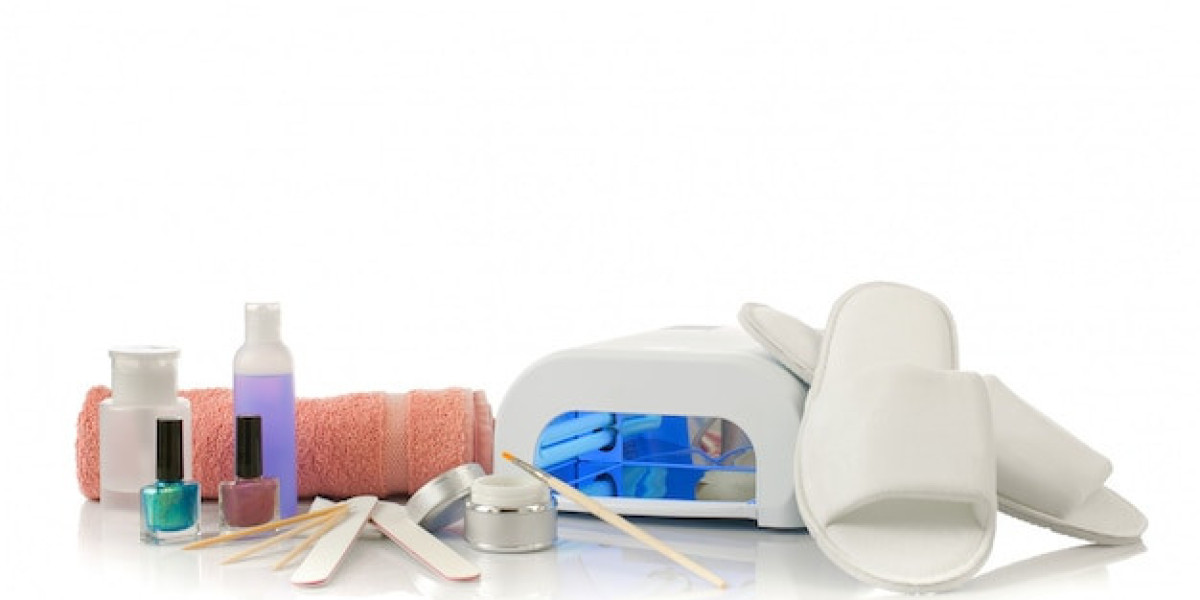Dealing with wounds, whether they're minor cuts or more serious injuries, requires proper care to ensure swift healing and prevent infection. That's where wound care products and supplies come in. In this comprehensive guide, we'll delve into everything you need to know about these essential items and how to use them effectively.
Understanding Wound Care Products and Supplies: Wound care products and supplies encompass a wide range of items designed to aid in the healing process and protect against infection. From simple bandages to advanced wound dressings, each serves a specific purpose in promoting healing and preventing complications.
Types of Wound Care Products:
- Bandages: These are perhaps the most commonly used wound care products. They come in various sizes and types, including adhesive bandages, elastic bandages, and gauze bandages. Adhesive bandages are ideal for covering small cuts and scrapes, while elastic bandages provide support for sprains and strains. Gauze bandages are highly absorbent and are often used for larger wounds.
- Wound Dressings: Wound dressings are designed to cover and protect wounds while promoting healing. They come in different forms, including adhesive dressings, non-adherent dressings, and hydrocolloid dressings. Adhesive dressings are easy to apply and provide a barrier against bacteria, while non-adherent dressings are gentle on the wound bed. Hydrocolloid dressings create a moist environment that promotes healing.
- Antiseptics: Antiseptics are used to clean and disinfect wounds, reducing the risk of infection. Common antiseptics include hydrogen peroxide, rubbing alcohol, and iodine solutions. These products help kill bacteria and prevent the spread of infection.
- Topical Ointments: Topical ointments, such as antibiotic creams and ointments containing ingredients like bacitracin or neomycin, help prevent infection and promote healing. They create a protective barrier over the wound and may contain additional ingredients to soothe irritation.
- Wound Closure Strips: Wound closure strips are used to hold the edges of a wound together, promoting faster healing and reducing scarring. They're particularly useful for small cuts and lacerations that don't require stitches.
- Irrigation Solutions: Irrigation solutions, such as saline solution, are used to flush debris and bacteria from wounds, helping to prevent infection and promote healing. They're essential for cleaning dirty wounds or wounds with foreign objects embedded in them.
Choosing the Right Products: When selecting wound care products, it's essential to consider the type and severity of the wound, as well as any specific patient needs or preferences. For minor cuts and scrapes, simple bandages and antiseptics may be sufficient. However, for larger or more severe wounds, advanced wound dressings and irrigation solutions may be necessary. Consulting with a healthcare professional can help determine the best course of action.
Tips for Proper Wound Care:
- Clean the wound thoroughly with mild soap and water, or an antiseptic solution, to remove dirt and bacteria.
- Apply any necessary wound dressings or ointments according to the product instructions.
- Change wound dressings regularly to keep the wound clean and dry.
- Keep the wound protected with a bandage or dressing to prevent further injury and reduce the risk of infection.
- Monitor the wound for signs of infection, such as redness, swelling, or pus, and seek medical attention if necessary.
- Follow any additional instructions provided by a healthcare professional for optimal wound healing.
Conclusion: Proper wound care is essential for promoting healing and preventing complications. By understanding the different types of wound care products and supplies available, as well as how to use them effectively, you can ensure the best possible outcome for yourself or your loved ones. Remember to always consult with a healthcare professional for guidance tailored to your specific needs. With the right approach to wound care, you can help facilitate a speedy recovery and get back to enjoying life to the fullest.



